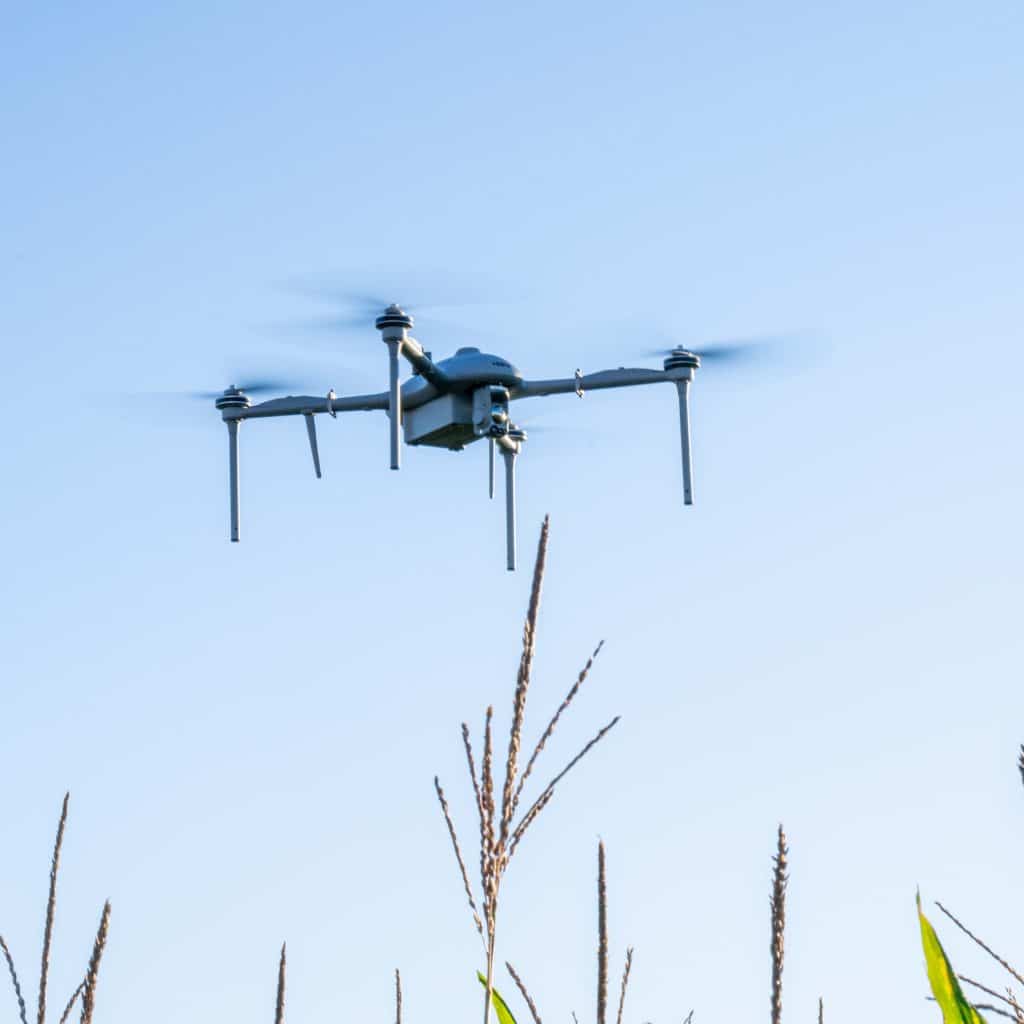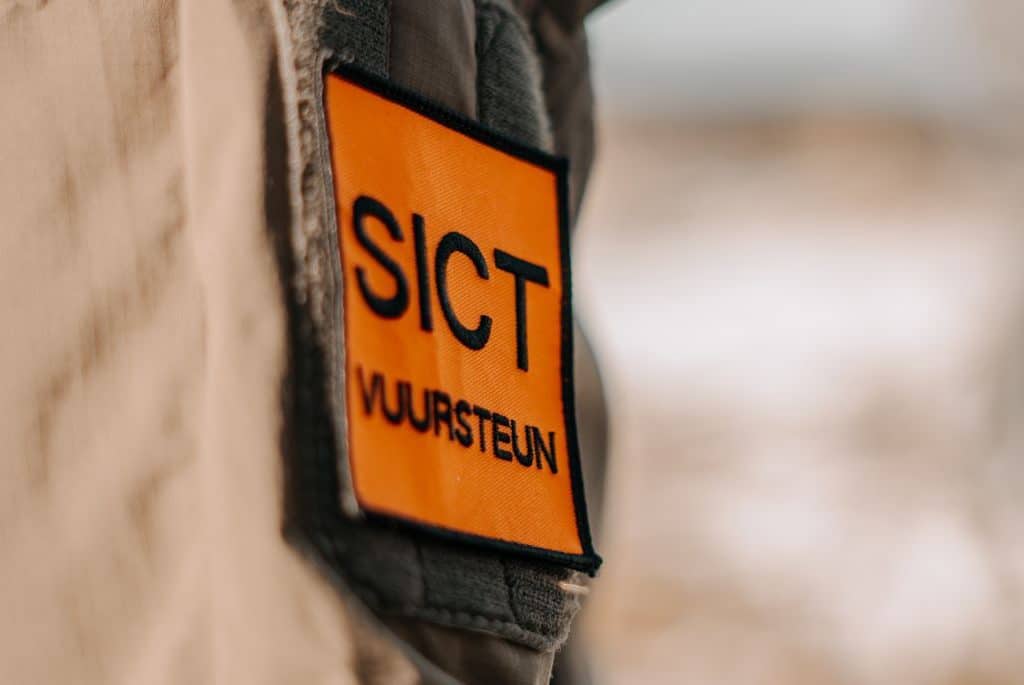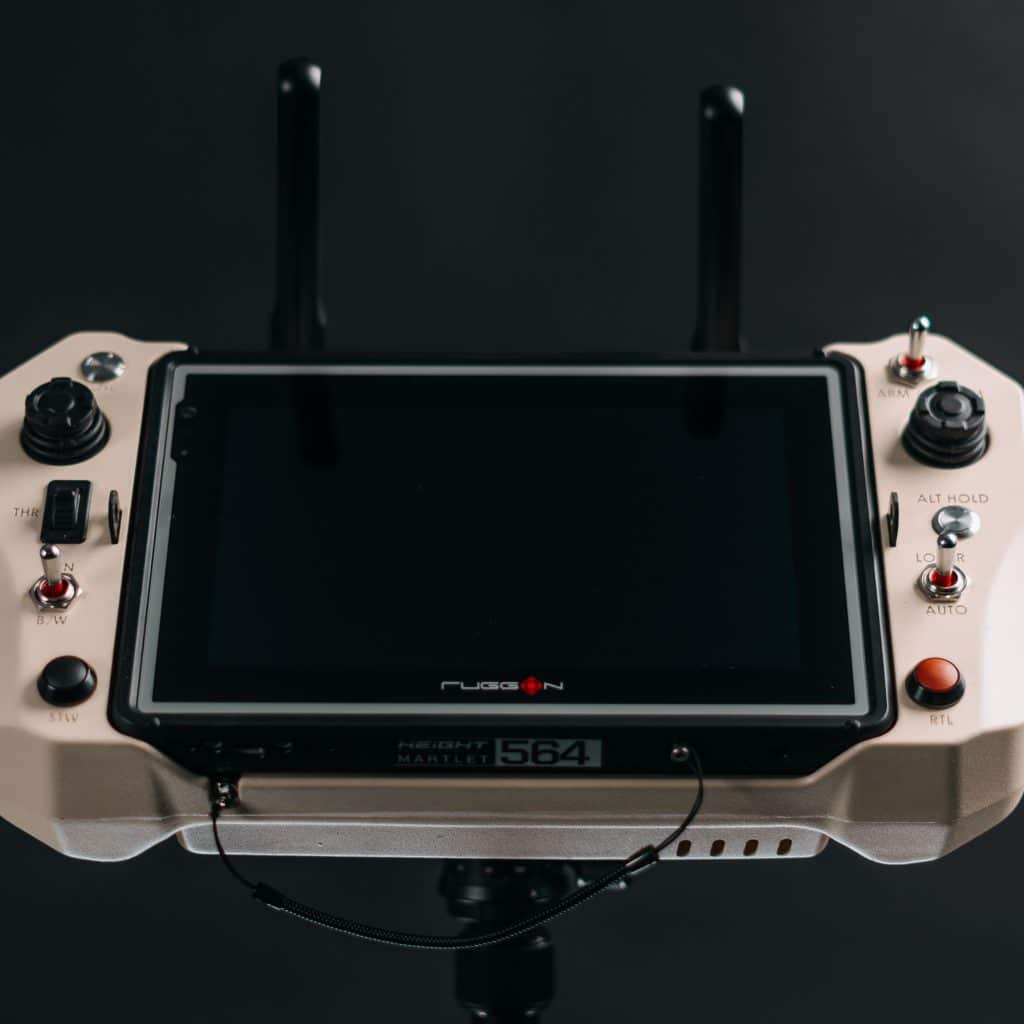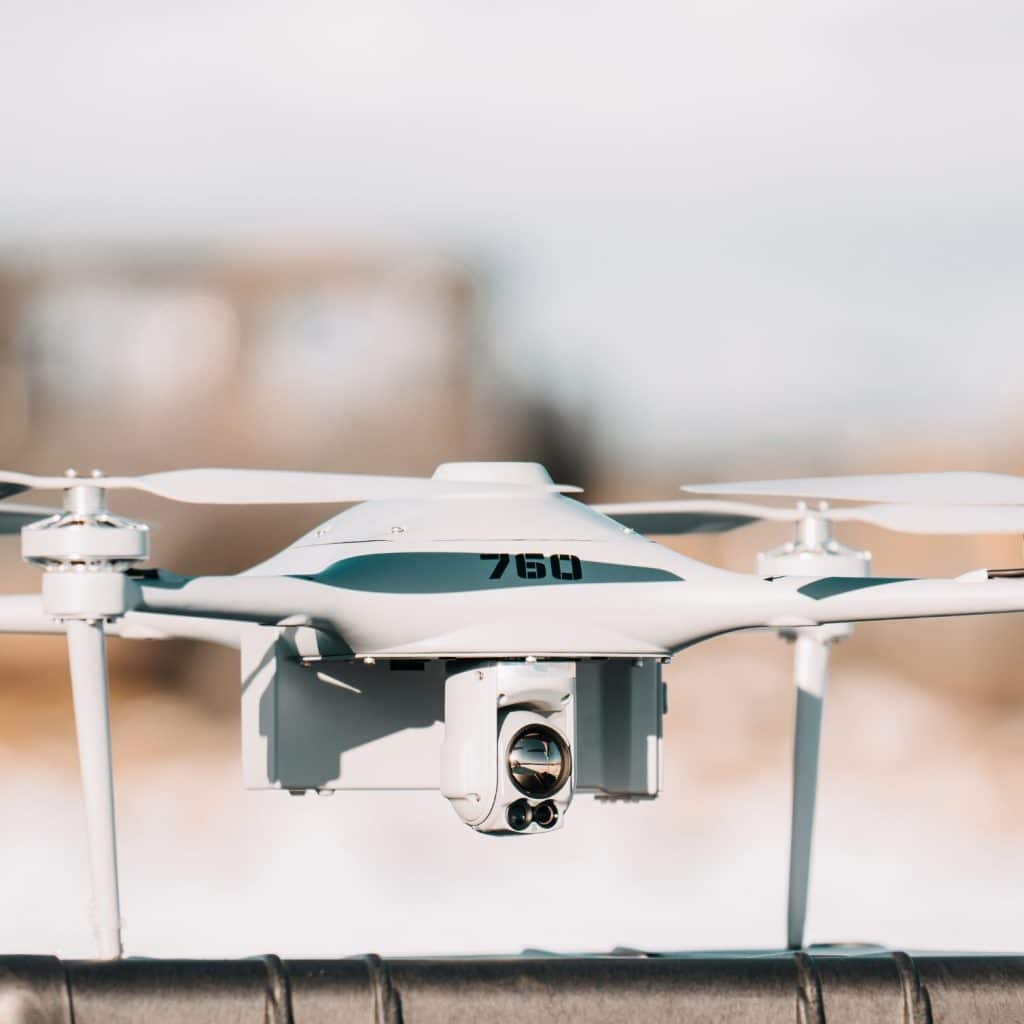Military drones rely on a combination of remote-control systems, autonomous features, and Command, Control, Communications, Computers, Intelligence, Surveillance, and Reconnaissance (C4ISR) capabilities. Military drone operators use a ground control station (GCS) equipped with consoles, screens, and communication systems to remotely pilot the drones. The GCS facilitates real-time video and data transmission to the operator and enables command issuance, playing a vital role in C4ISR operations.
The autonomous capabilities of military drones, such as pre-programmed flight paths, significantly reduce the workload of operators. These drones are equipped with advanced artificial intelligence and machine learning algorithms that analyze data and make critical decisions. These capabilities include target acquisition for fire support and real-time flight adjustments, enhancing the efficiency and effectiveness of military operations.
A notable feature of military drones is the “silent mode,” where military drones can be preconfigured to fly a certain route without continuous communication with the ground control system. This mode reduces vulnerability to communication-jamming attempts, making the drones more effective in contested areas. However, it also increases the risk of losing the drone due to the inability of the pilot/operator to intervene during GNSS jamming attacks, which can disrupt the Global Navigation Satellite System (GNSS) used for positioning and navigation.
In addition, MOTS drones, unlike COTS drones, feature more advanced communication systems, often Software Defined Radios (SDR). These SDRs provide several benefits, including the ability to hop between frequencies in case of communication-jamming attacks. By dynamically changing frequencies, MOTS drones can mitigate the impact of jamming attempts, ensuring that communication channels remain open and operational. The use of SDRs in MOTS drones demonstrates their adaptability and resilience in contested environments.
In summary, military drones combine human and machine intelligence with C4ISR capabilities for effective and safe operation. The integration of remote-control systems, autonomous features, and C4ISR enables seamless communication, real-time data analysis, and informed decision-making. The “silent mode” feature enhances the resilience of military drones against communication interference, and the implementation of advanced communication systems, such as SDRs in MOTS drones, further strengthens their ability to maintain robust communications in contested areas. However, it is important to address the risk of GNSS jamming attacks to ensure the reliability and effectiveness of military drone operations.








